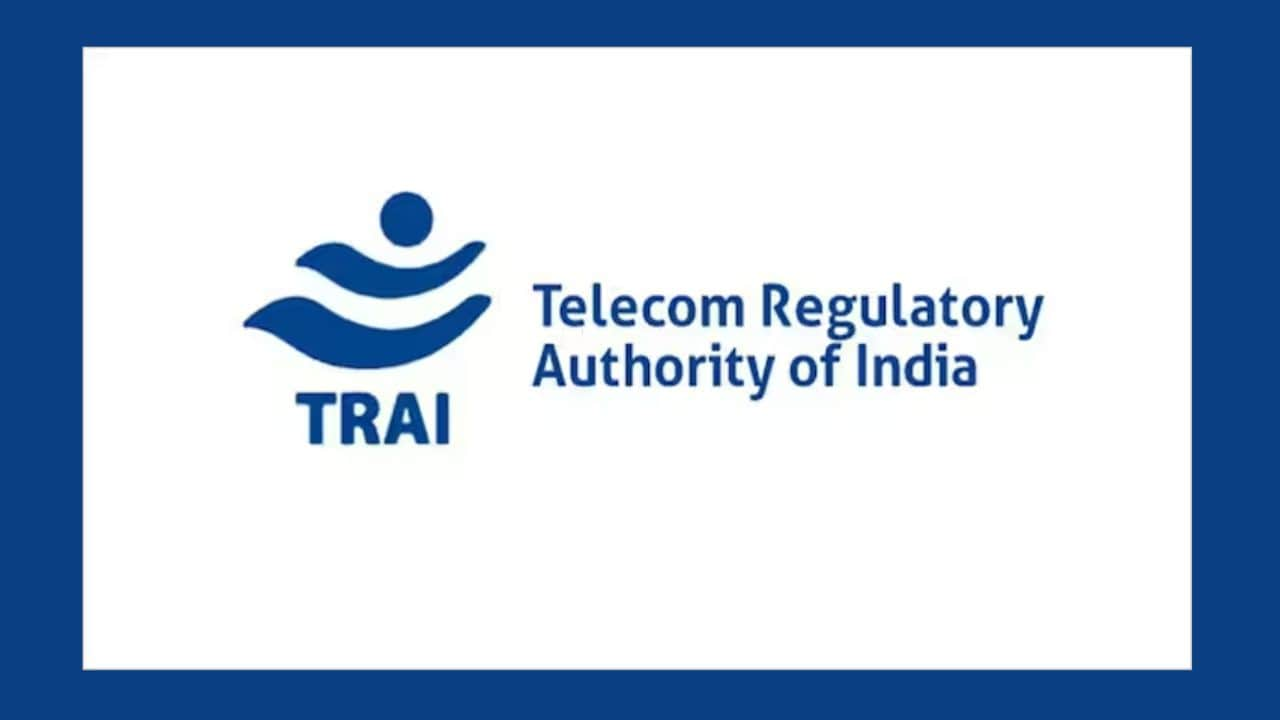Minister of Communications Jyotiraditya M. Scindia inaugurated the 25th South Asian Telecommunication Regulators’ Council (SATRC-25) yesterday, urging regional collaboration to build a secure, inclusive, and innovation-driven digital future.
The three-day event brings together regulators and telecommunication leaders from SATRC countries, including Afghanistan, Bangladesh, Bhutan, India, Iran, Maldives, Nepal, Pakistan, and Sri Lanka, and also representatives from the Asia-Pacific Telecommunity (APT). Dignitaries included Dr. Chandra Sekhar Pemmasani, Minister of State for Communications and Rural Development, Mr. Masanori Kondo, Secretary General of the Asia-Pacific Telecommunity (APT), Major General (Retd.) Mohammad Emdad UI Bari, Chairman of the Bangladesh Telecommunication Regulatory Commission, Mr. Anil Kumar Lahoti, Chairman of TRAI, and Mr. Atul Kumar Choudhary, Secretary of TRAI.
In his keynote address, Scindia emphasized India’s rapid digital evolution, describing the nation as a “digital titan” with 1.2 billion telephones and 970 million internet users. He projected that by 2026-27, 20% of India’s economy would be digital, underscoring the need for regulatory cooperation across South Asia.
A key focus of Scindia’s speech was the potential of Non-Terrestrial Networks (NTNs) to extend connectivity to underserved regions. He described NTNs as a “transformative opportunity: for advancing digital access and contributing to the UN Sustainable Development Goals (SDGs)”. Scindia further urged SATRC member nations to align policies that balance technological advancement with security and regulatory standards.
Supporting this vision, Dr. Chandra Sekhar, Minister of State for Communications, highlighted telecomunnications’ role in empowering communities and underscored India’s commitment to regional digital transformation. Mr. Masanari Kondo, APT Secretary General, called for harmonized regional policies to ensure a sustainable digital ecosystem.
APT Secretary General Masanori Kondo opened the session with a call for a sustainable, inclusive digital ecosystem across Asia. TRAI Chairman Anil Kumar Lahoti also addressed the gathering, underscoring India’s commitment to fostering cross-border partnerships to ensure fair access to digital resources and reduce the digital divide. Major General (Retd.) Mohammad Emdad UI Bari, Chair of SATRC and head of Bangladesh’s Telecommunication Regulatory Commission, reflected on two decades of SATRC’s progress and expressed optimism for continued regional cooperation to harness digital transformation for the benefit of South Asia’s citizens.
The SATRC meeting, hosted by India’s Telecom Regulatory Authority (TRAI) and organized by APT, will address regulatory and technological challenges over the next three days, covering topics like radio frequency coordination, regulatory trends, telecomunnication development strategies, and international telecommunication affairs.
